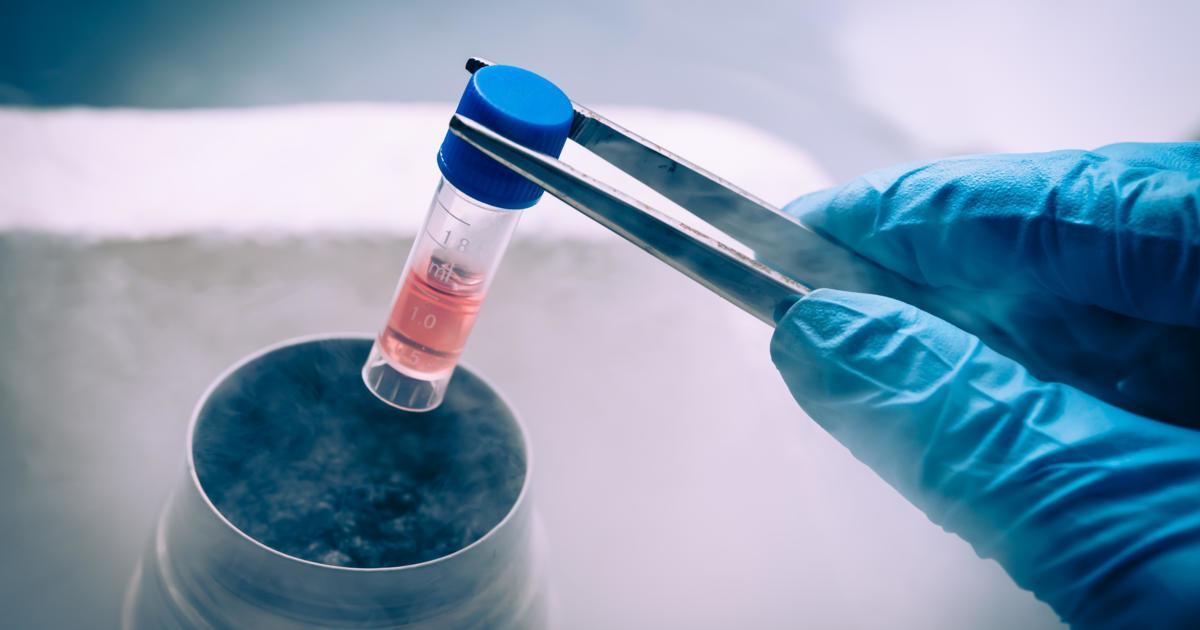Acute Lymphoblastic Leukemia Symptoms And Solutions
Stem Cell Transplant

Stem cell transplants are used when very high doses of chemotherapy are needed, and the cancer team is worried about the long-term negative effects of these high doses on bone marrow, which is the source of all blood cells. If it is permanently damaged, other complications can follow, such as anemia and increased risk of infection. Doctors transplant stem cells into bone marrow to avoid this. These stem cells help the bone marrow recover from the high doses of chemotherapy.
